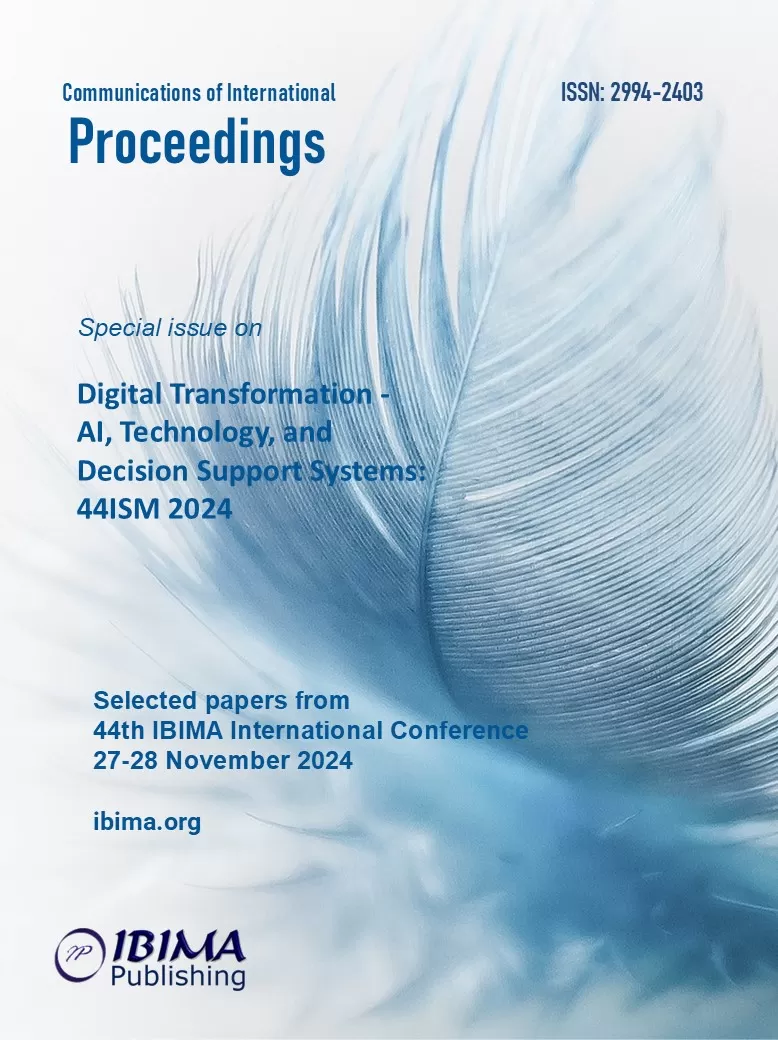
Kamil WRÓBEL1, Märt REINVEE2 and Barbara KRAJEWSKA3
1 Poznan University of Technology; Faculty of Engineering Management; Institute of Safety and Quality Engineering; Division of Applied Ergonomics; Poland
2 University of Life Sciences; Estonia
3 Poznan University of Technology; Poland

The article explores the management of ergonomic interventions in Industry 4.0 during the COVID-19 pandemic, focusing on the assembly process in window production. The study addresses methods for determining and quantifying worker burdens caused by exposure factors due to ergonomic interventions. The cognitive goal is to quantify operational and tactical variables impacting worker workload during the pandemic. The practical objective is to evaluate the relevance of variables for applying artificial neural networks to support ergonomic interventions in semi- and non-automated assembly processes. Sixteen variables were examined, including noise, work pace, body posture, control element position, and personal protective equipment. Postural load, heart rate, and NASA-TLX assessments were carried out during tests, along with cognitive-motor skills and fatigue measurements. The results, quantified using a comparative method, showed that task load was most affected by stress and fast work pace. PPE, such as masks and gloves, caused only minor strain, while the least burdensome factor was the slightly shifted screen position. Personalized results of the impact of these variables were obtained, which were further quantified and linked to IE management goals, such as minimizing stress at the cost of physical load. These quantifications enable the use of artificial neural networks to support IE management in partially and non-automated assembly processes in Industry 4.0.